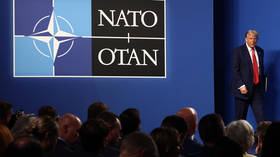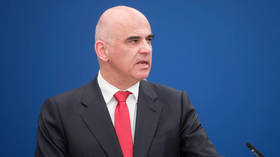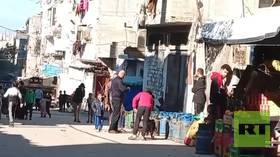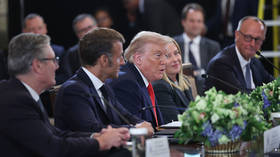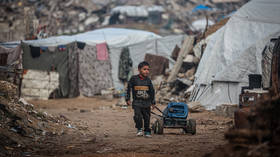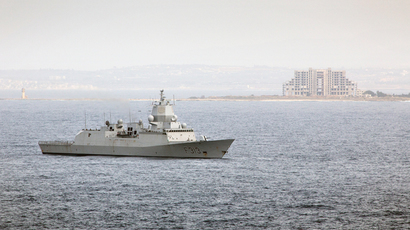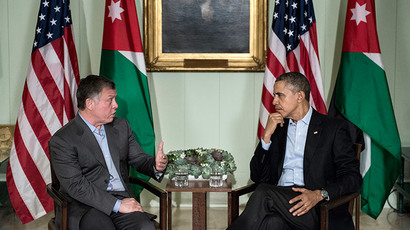Militants in Syria prepare chemical attack in Damascus – UN envoy
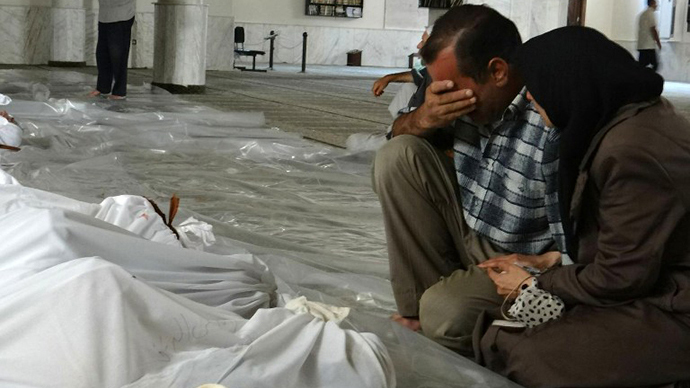
Armed gangs in Syria are conspiring to stage a chemical attack in the Damascus suburbs in order to later lay the blame on the Bashar Assad’s government, Syria's UN Ambassador Bashar Jaafari has warned the Security Council.
“Competent Syrian authorities intercepted a wireless communication between two terrorists in the Jawbar area of the Damascus governorate,” Jaafari said in a letter addressed to Secretary General Ban Ki-moon and the Security Council. The letter was published on Tuesday on the UN website.
In that communication, the diplomat said, one “of the terrorists said that another terrorist named Abu Nadir was covertly distributing gas masks.”
The Syrian security services, Jaafari said, also intercepted another communication between militants one of whom was called Abu Jihad. During that conversation, the latter indicated that toxic gas would be used and “asked those who are working with him to supply protective masks.”
Back in March, Jaafari informed the Security Council that a person named Haytham Salahuddin Qassab “transported chemical substances from Turkey on behalf of the terrorist organization known as Ahrar al-Sham.” He allegedly purchased the chemical agents from Turkey’s Dharwa Import and Export Company.
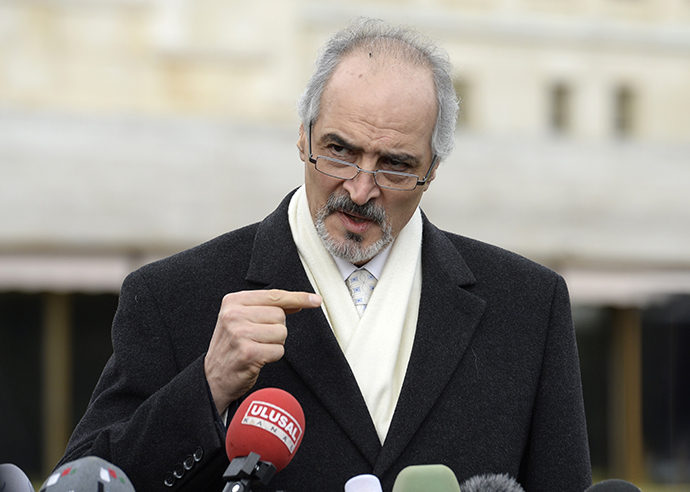
The substances reportedly included among others white phosphorous and isopropyl hydroxylamine. It was alleged, Jaafari said, that militants planned to use them to produce white smoke in certain areas and later claim that Syrian planes had bombed them.
“However, the primary reason for requesting those substances was to use them as chemical weapons,” the Syrian diplomat warned.
The information in the previous letter along with new details obtained from the intercepted communications confirm “that armed terrorist groups are preparing to use toxic gas in the Jawbar quarter and other areas, in order to accuse the Syrian Government of having committed such an act of terrorism,” Jaafari said.
Syria’s UN Ambassador confirmed his concerns to RT Arabic. He said that militants had earlier followed a similar scenario in the chemical attacks in Allepo and in the Damascus suburb of Ghouta, when they blamed Assad’s forces for the deadly incidents. Jaafari said that the UN is currently considering the issue. The Secretary General as well as the Coordinator of the UN-OPCW joint mission to eliminate Syria’s chemical weapons program, Sigrid Kaag, are also being kept up to speed with developments.
Syria agreed to the destruction of its chemical weapons arsenal through a deal brokered largely by Russia, after the US threatened to use military force against the country. That followed a deadly chemical attack in the Damascus suburb of Ghouta in August, 2013. The Syrian government and the opposition have pointed the finger of blame at each other over the incident that killed hundreds, and both have denied their involvement.
So far, 49 percent of the raw materials for Syria's poison gas and nerve agent program scheduled for destruction have been shipped overseas, the Organization for the Prohibition of Chemical Weapons (OPCW) said last week.
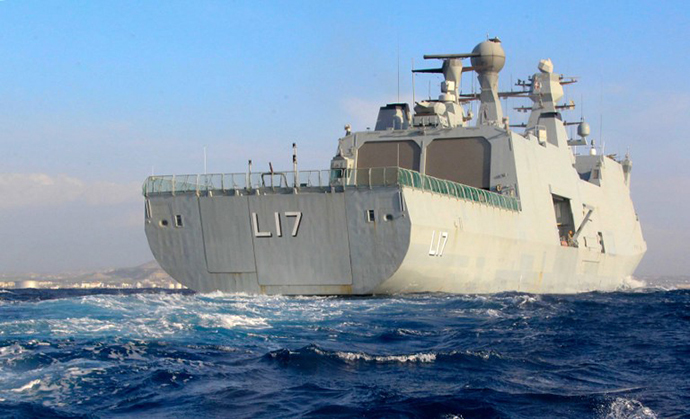
The rest is expected to leave the country by the end of April, the global chemical weapons watchdog added in a report to the UN, reported AP. The total amount of chemicals either removed or already destroyed inside Syria is 53.6 percent.
According to the OPCW, Damascus pledged to remove all chemicals by April 13, except for those in areas “that are presently inaccessible,” which face an April-27 deadline. But so far the deadlines have not been met, with the Syrian government blaming the unstable situation inside the country.
Under the deal, some chemicals are to be destroyed at facilities in the US and Europe, while a large part of the toxic material is to be eliminated on board a ship at sea. Syria has declared around 700 tons of the most-dangerous chemicals, 500 tons of less-dangerous precursor chemicals and 122 tons of isopropanol – an active ingredient in sarin gas production. The deadline for the mission’s completion is June 30.


